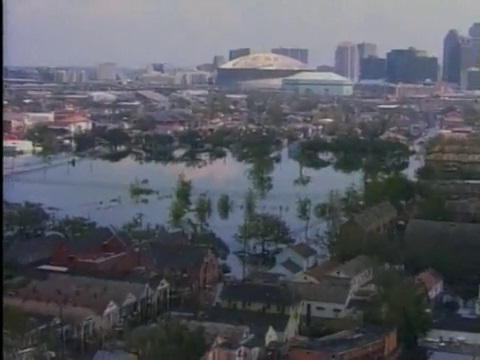
:max_bytes(150000):strip_icc()/53534260-56a2acdf3df78cf77278b2e1.jpg)
That’s a lesson I learned in my first days in New Orleans, when Google Earth was more useful than the military’s flight planning software, FalconView. The Pentagon has a veritable alphabet soup of computer networks, but most of them are useless for sharing information with first responders and local government officials. For the military, here were four lessons that proved their worth not just in Katrina, but in future relief efforts. Hurricane Katrina was a watershed event, leading to drastic reforms in the way the US government responds to disasters. I know because I was there with about 5,000 paratroopers of the US Army’s 82nd Airborne Division.

Nearly 70,000 troops - active duty, Reserve, and National Guard - would eventually become involved in relief efforts, the largest effort in US history, according to a study commissioned by the US Army Combat Studies Institute. Ten years ago this week, Hurricane Katrina swept through the Gulf states, killing over 1,200 people, leaving thousands more homeless, and causing over $100 billion in damage - one of the worst natural disasters to befall the United States. The storm slammed into New Orleans on Monday with winds of 135 mph (216 kph), shutting 91 percent of the normal 1.5 million barrels per day of crude oil production in the Gulf Coast region. The White House said Monday it was willing to use the government's emergency oil stockpile to help refiners hurt by Hurricane Katrina's rampage through the Gulf of Mexico, but that it was too early to decide if or how much crude should be released. A man puts his baby on top of his car as he and a woman abandon their car after it started to float when Hurricane Katrina hit the Treme area of New Orleans August 29, 2005. It often indicates a user profile.Ī man puts his baby on top of his car as he and a woman abandon their car after it started to float in New Orleans. Account icon An icon in the shape of a person's head and shoulders.


 0 kommentar(er)
0 kommentar(er)
